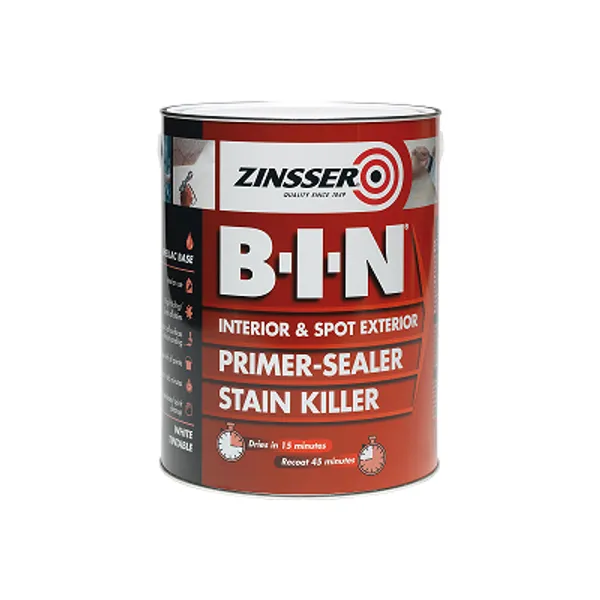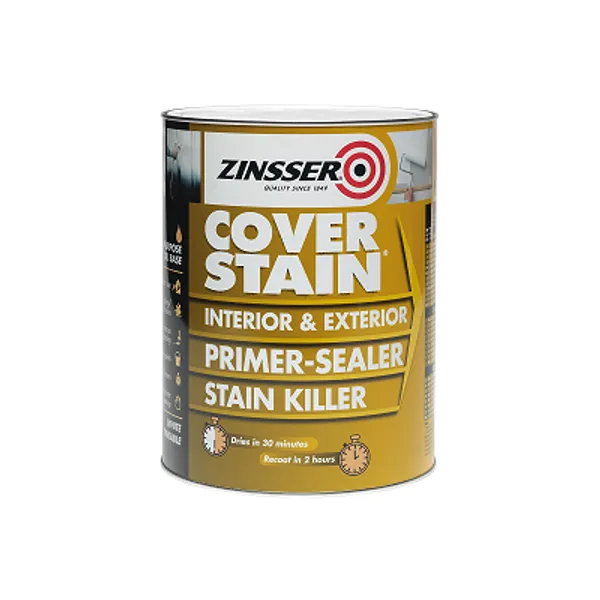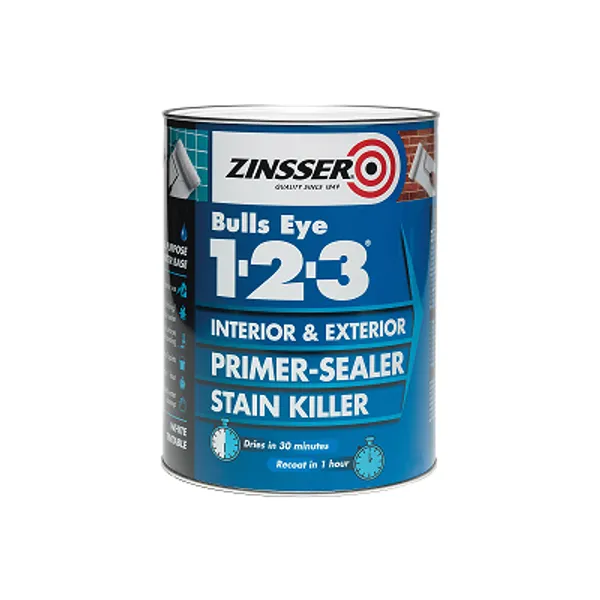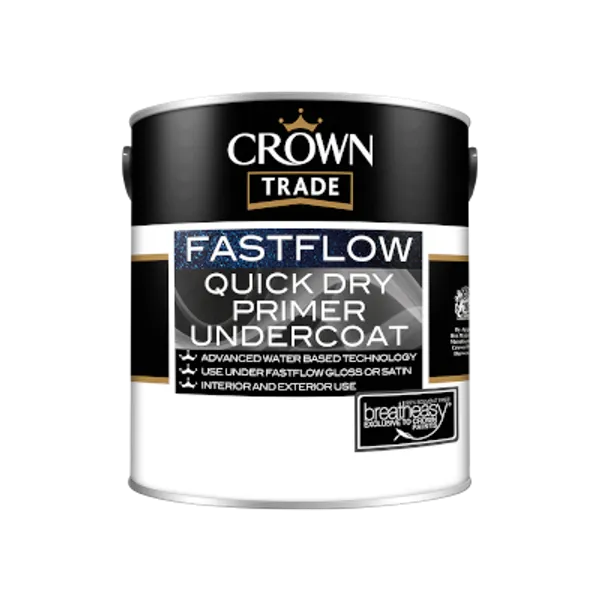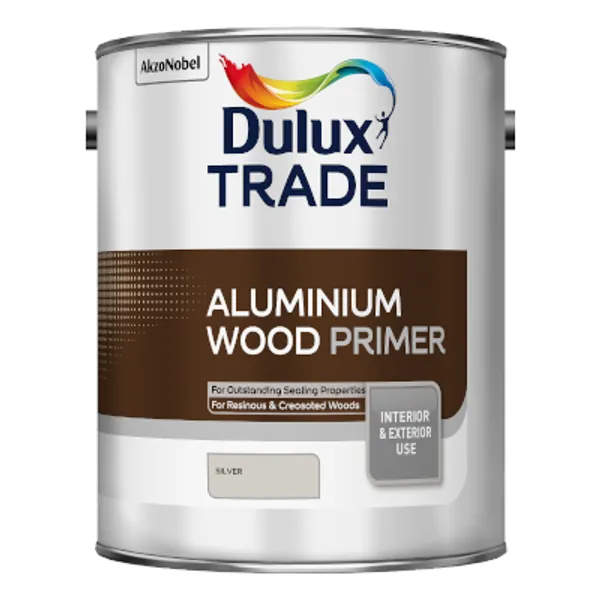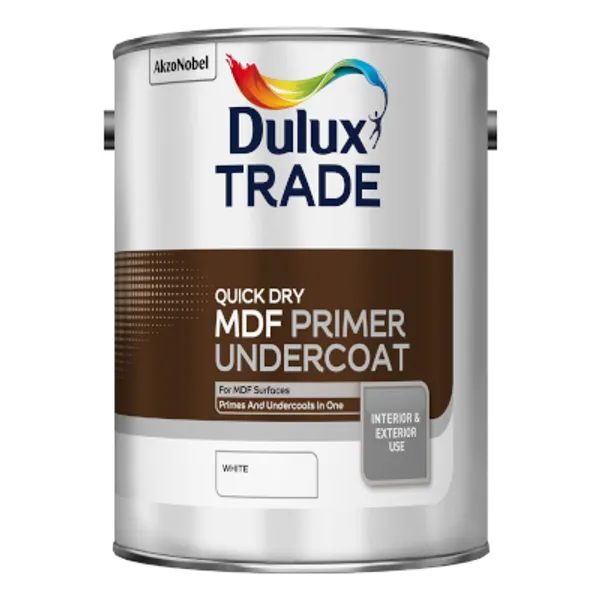Primers
Surface preparation is one of the most crucial factors in achieve the best finish possible. Priming ensures better adhesion of paint to the surface, increases the durability of the paint and provides additional protection for the surface being painted.
That is why we stock a huge range of paint primers here at Painters World, including Zinsser BIN Primer, Dulux Trade Aluminium Wood Primer & Zinsser Coverstain.
Shop the full primer range below & get free next working day delivery on all orders over £50.
What Is Primer?
Primer allows for paint to adhere as best as possible to a surface. While some paints are self-priming, more often than not if you are painting a bare surface, it is recommended to use a primer.
How Do You Apply A Primer?
Primers require just one-coat to prime a bare surface. They can be applied using a paint brush or roller, often with only a thin layer required. As the surface is going to be painted, you do not need to ensure that the primer is applied in a perfectly even coating.
Do You Have To Prime Metal?
Many metal paints are self-priming such as Zinsser Allcoat Exterior, so you do not require a primer. On some rusty metal surfaces, an excellent primer to use is 3369/3380 Combicolor Anti Corrosion Primer, that contains rust-inhibiting technology to help prevent further corrosion.
How To Prime A Wall
Do you have a bare plasterboard interior wall that you need to prime? Here is a quick on how to prime a wall:
1. Prepare the wall
Preparing the surface for painting is the most important part of any decorating project. First repair any cracks or holes using filler, sanding down to a smooth surface once the filler has fully dried. Wipe the walls clean with a damp cloth to remove any dust from the bare surface as this will prevent the primer and paint from adhering to the interior wall.
2. Pick a primer
The primer you use will depend on what you are looking to achieve. If your interior wall is suffering from salt migration through the plasterboard, which has caused previous paint to peel and blister, use Zinsser Gardz Sealer, which seals the surface and neutralises any salt. If this is not a problem and you simply need a good-quality interior primer, our experts would recommend Zinsser Bullseye 1-2-3, which is a general purpose primer for all surfaces.
3. Apply the primer
It is then time to apply the primer. Unlike paint, primer is a watery substance that can be applied quickly and easily using either a paint brush or a roller. Apply the primer around the edges of the wall first, taking care not to cover any other surfaces and the primer can dry hard very quickly. Cover the rest of the wall, making sure you do not cover it too thickly, which can be difficult as it is tempting to put more on to compensate for the thin consistency. Once just a single layer is applied, leave it to dry, which should only take a matter of 30 minutes.



Sign up now and be the first to know about exclusive offers, product updates, and announcements.

